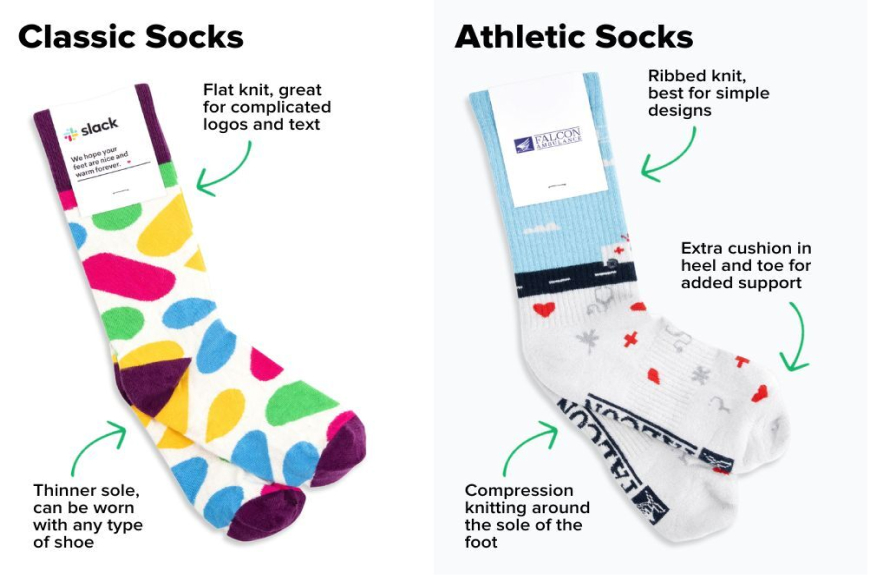When it comes to foot comfort and health, socks play a surprisingly significant role. Many people wonder if socks can actually cause blisters, and the answer might surprise you. Let's dive into the relationship between socks and blisters, and explore how your choice of footwear can impact your comfort and foot health.
The Role of Socks in Blister Formation
Contrary to popular belief, socks themselves don't directly cause blisters. However, the wrong type of socks or poorly fitting socks can contribute to blister formation. Blisters occur when there's excessive friction between your skin and your footwear. Socks are crucial exercise attire that can either help prevent or exacerbate this friction.
Material Matters
The material of your socks is a key factor in blister prevention. Cotton socks, while comfortable, tend to retain moisture and can increase friction. This can lead to blister formation, especially during prolonged physical activity. Instead, opt for moisture-wicking materials like synthetic blends or merino wool, which help keep your feet dry and reduce friction.
Fit and Thickness
A proper fit is crucial when it comes to blister prevention socks. Socks that are too loose can bunch up and create friction points, while overly tight socks can restrict movement and cause pressure. The thickness of your socks also plays a role. Thicker socks don't necessarily prevent blisters, but they can provide additional cushioning and help absorb shock.
The Double Sock Technique
For those prone to blisters, the double sock method can be an effective prevention strategy. This involves wearing a thin, moisture-wicking liner sock underneath a thicker outer sock. The friction occurs between the two sock layers rather than between your skin and the sock, reducing the likelihood of blisters.
Choosing the Right Socks
Investing in high-quality, activity-specific socks can make a significant difference in your foot comfort and blister prevention efforts. Custom athletic socks designed for specific sports or activities often incorporate features like reinforced heels and toes, arch support, and targeted cushioning to reduce friction and enhance performance.
Wrapping Up
While socks themselves don't cause blisters, choosing the right socks can play a crucial role in preventing them. By selecting socks made from appropriate materials, ensuring a proper fit, and considering techniques like double socking, you can significantly reduce your risk of developing blisters. Remember, your feet carry you through life, so it's worth investing in quality socks that provide the comfort and protection they deserve.


